28 Eye-Popping Orange Succulents That Will Brighten Your World
Imagine a garden that blazes with fiery hues, where every glance sets your eyes alight with vibrant oranges. From soft tangerine tones to bold vermilion shades, these succulent superstars will transform your green space into a radiant paradise! Get ready to be dazzled by 28 electrifying orange succulents that are sure to brighten your world.

Contents
- 1 The Showstoppers:
- 1.1 Aeonium arboreum var. holochrysum
- 1.2 Aeonium leucoblepharum
- 1.3 Aeonium urbicum ‘Rubrum’
- 1.4 Aloe ‘Firecracker’
- 1.5 Aloe ‘Orange Marmalade’
- 1.6 Aloe nobilis
- 1.7 Crassula ovata ‘Hummel’s Sunset’
- 1.8 Aloe jucunda
- 1.9 Euphorbia tirucalli
- 1.10 Crassula rogersii
- 1.11 Echeveria ‘Orange Monroe’
- 1.12 Echeveria ‘Sanyatwe’
- 1.13 Echeveria atropurpurea
- 1.14 Echeveria patriotica
- 1.15 Echeveria tencho
- 1.16 Graptosedum ‘California Sunset’
- 1.17 Graptopetalum mendozae
- 1.18 Graptoveria ‘Fred Ives’
- 1.19 Haworthia truncata ‘Red Variegated’
- 1.20 Kalanchoe luciae
- 1.21 Kalanchoe orgyalis
- 1.22 Kalanchoe tomentosa ‘Chocolate Soldier’
- 1.23 Lithops karasmontana var. aiaisensis ‘Orange Top’
- 1.24 Sedum adolphii ‘Golden Glow’
- 1.25 Sedum nussbaumerianum ‘Orange Delight’
- 1.26 Sedum reflexum ‘Angelina’
- 1.27 Sempervivum ‘Gold Nugget’
- 1.28 Sempervivum ‘Pacific Jordan’
- 2 FAQs
The Showstoppers:
Aeonium arboreum var. holochrysum
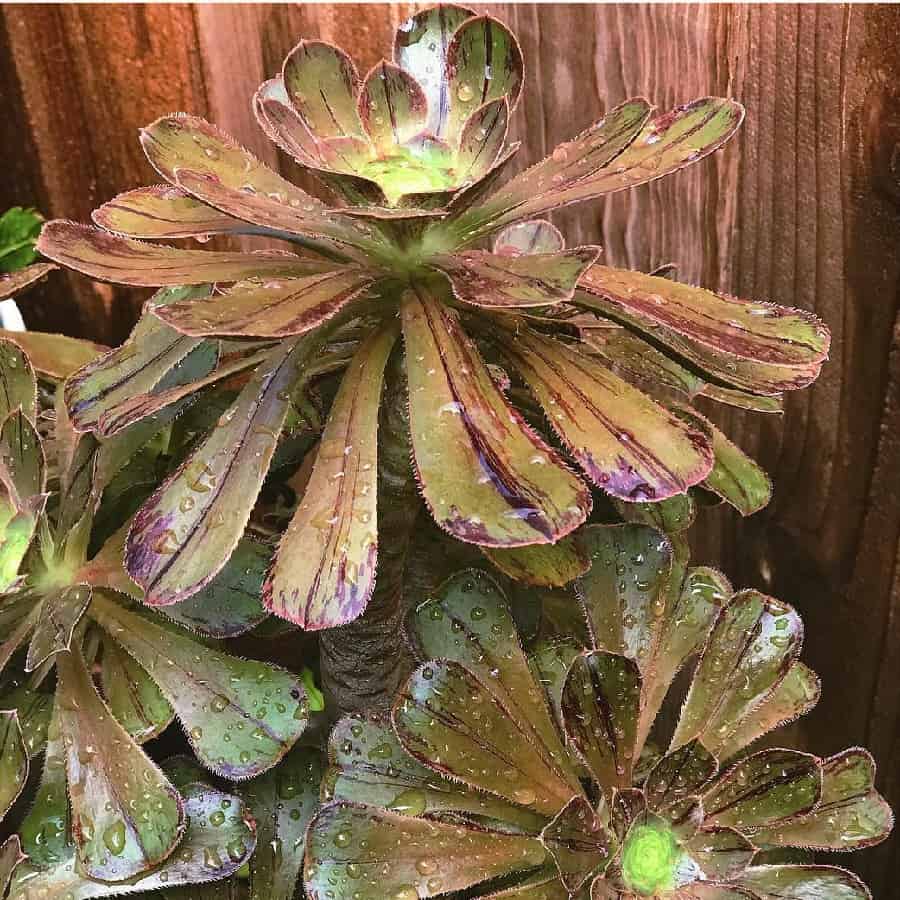
This drought-tolerant, tree-like succulent can reach up to 2 feet tall with an upright, branching habit. Its spoon-shaped leaves typically appear grayish-green, but take on stunning shades of copper, orange, and red when exposed to full sun. In spring, terminal clusters of small yellow flowers appear, complementing the fiery sun-stressed foliage. An eye-catching plant for hot, sunny locations.
Aeonium leucoblepharum
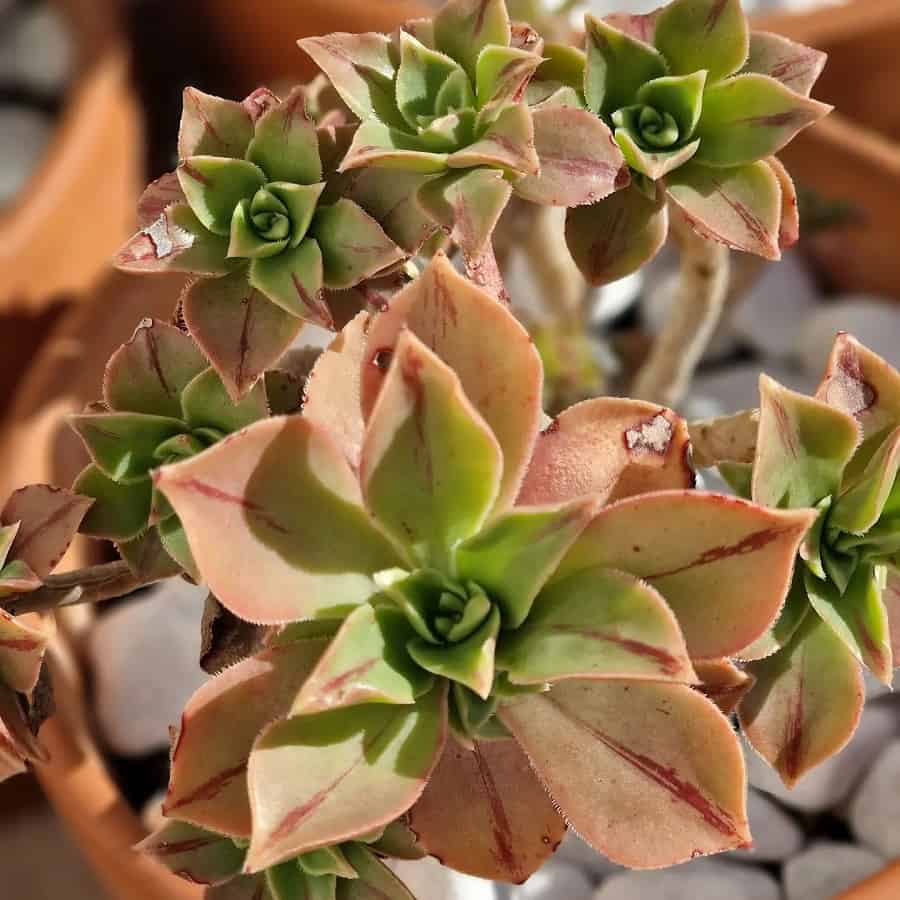
A sun-lover reaching up to 2 feet high, this multi-branched succulent boasts stiff, waxy gray-green leaves that form tight rosettes. In late winter to early spring, the plants are topped with vibrant orange daisy-like flower clusters. The foliage also develops reddish stress coloring when exposed to intense sunlight.
Aeonium urbicum ‘Rubrum’
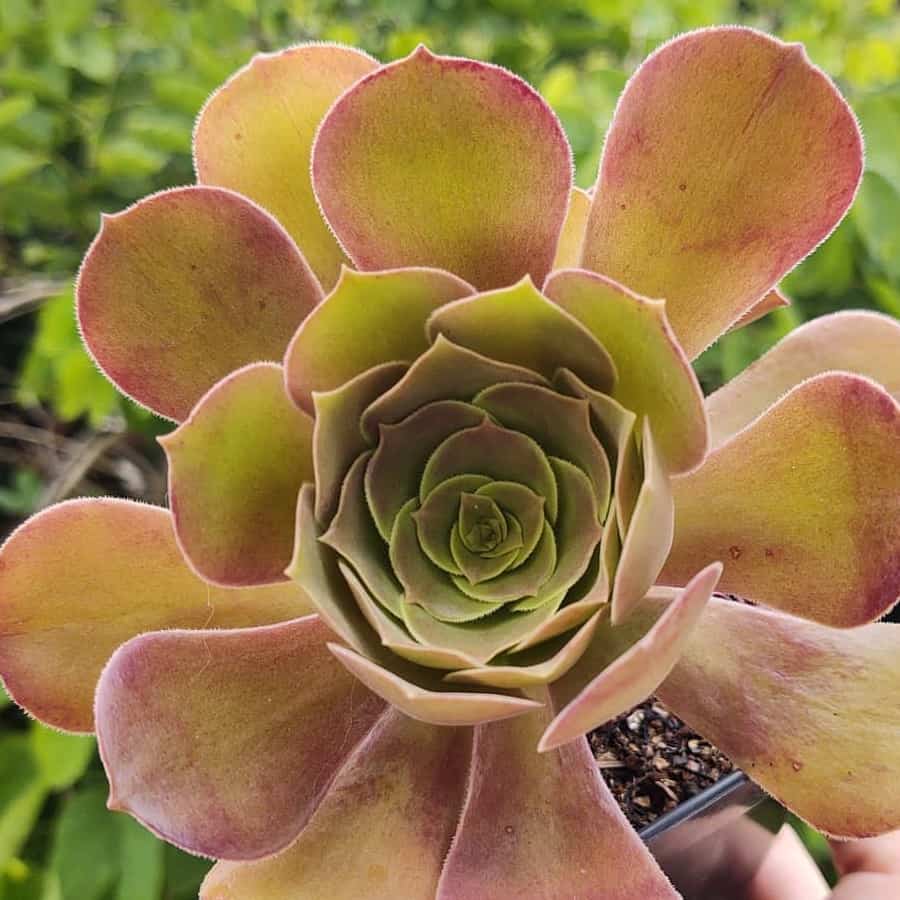
Compact and bushy at around 18 inches tall, this unique aeonium has slightly fuzzy green leaves with bold yellow or orange splotches. Bright sunlight causes the leaves to take on deeper orange-red hues. Adding to the brilliance are the clusters of bright reddish-orange daisy flowers in spring.
Aloe ‘Firecracker’
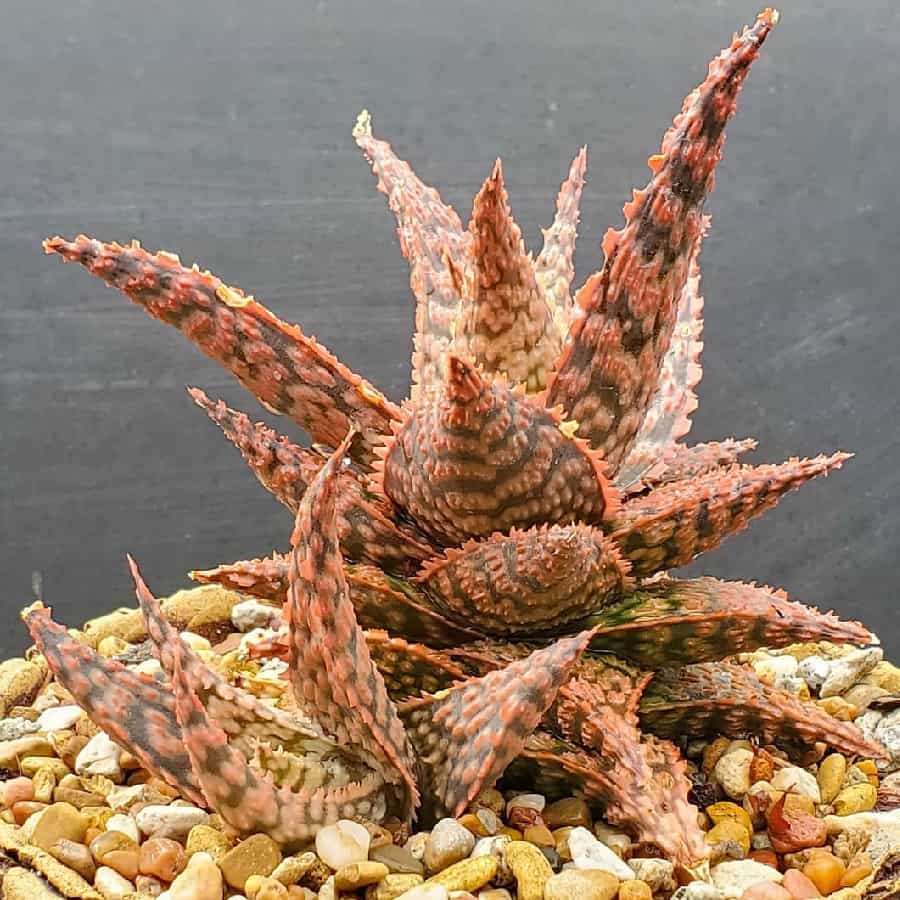
As its name suggests, this dwarf aloe variety packs a colorful punch at only 1 foot tall. The thin, upright gray-green leaves with bright yellow-orange streaks look like they are ablaze when hit with full sun exposure, with the orange shades intensifying to fire-engine red tones. Reddish-orange tubular flowers appear in spring to summer.
Aloe ‘Orange Marmalade’

With fleshy, serrated dark green leaves and a compact size of around 12 inches, this aloe makes a bold statement when mature. The leaves develop radiant neon orange edges when given lots of sunlight, complementing the tangerine-colored tubular blooms that appear in summer clusters.
Aloe nobilis
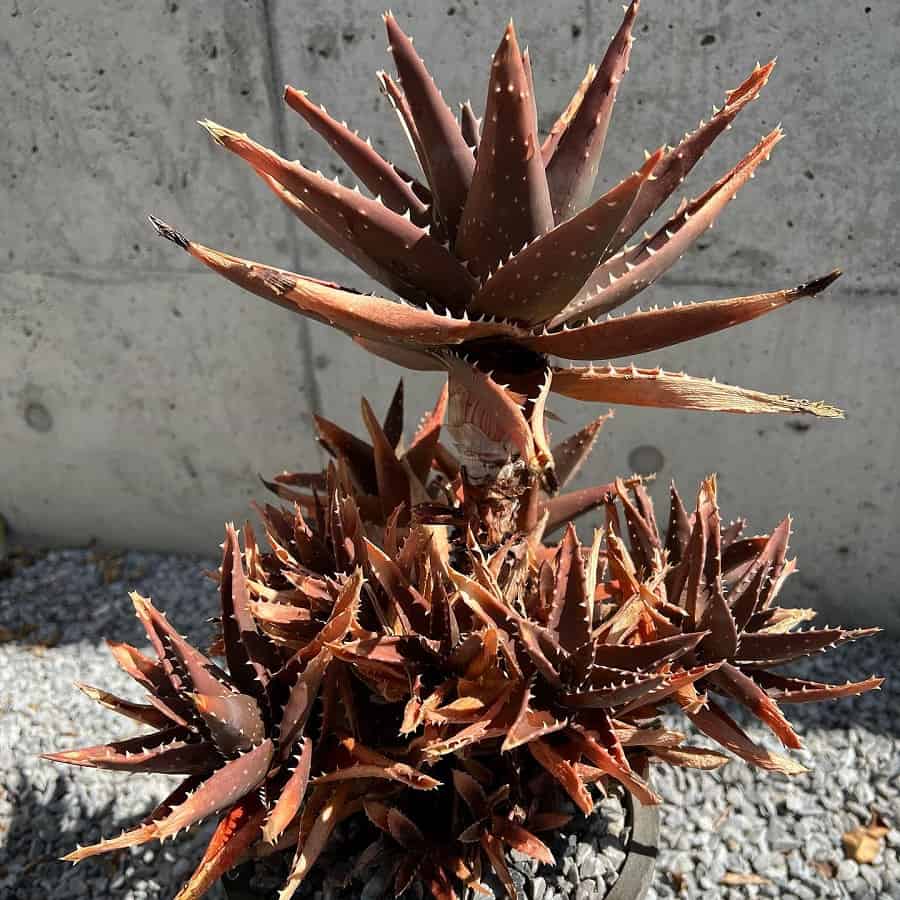
A larger aloe reaching up to 16 inches tall and wide, this variety has attractive grayish-green leaves covered in white oblong markings. Brilliant orange flower spikes shoot up in spring to summer. The typically dull green leaves take on shades of rusty orange when exposed to high heat and sun.
Crassula ovata ‘Hummel’s Sunset’
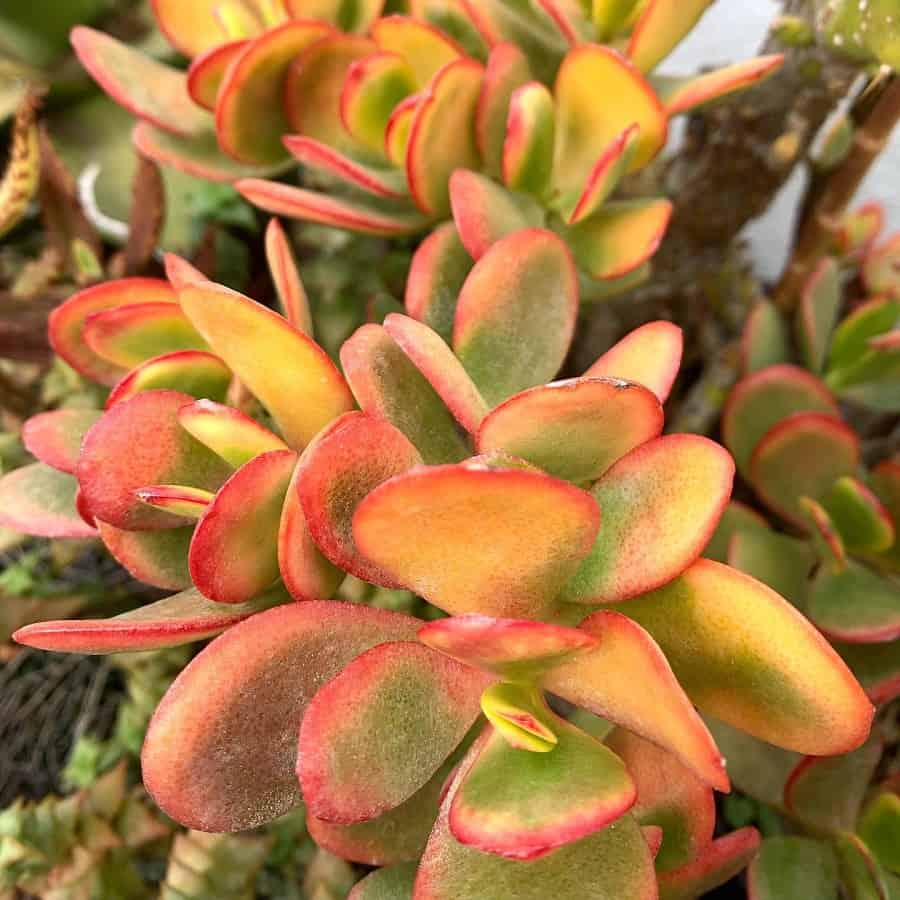
A petit jade plant only reaching about 18 inches high, this cultivar puts on a fiery display in full sun. The obovate green leaves develop blazing red-orange stress coloring on the tips and edges, contrasting against the clusters of starry yellow, orange and red flowers produced in spring and summer.
Aloe jucunda
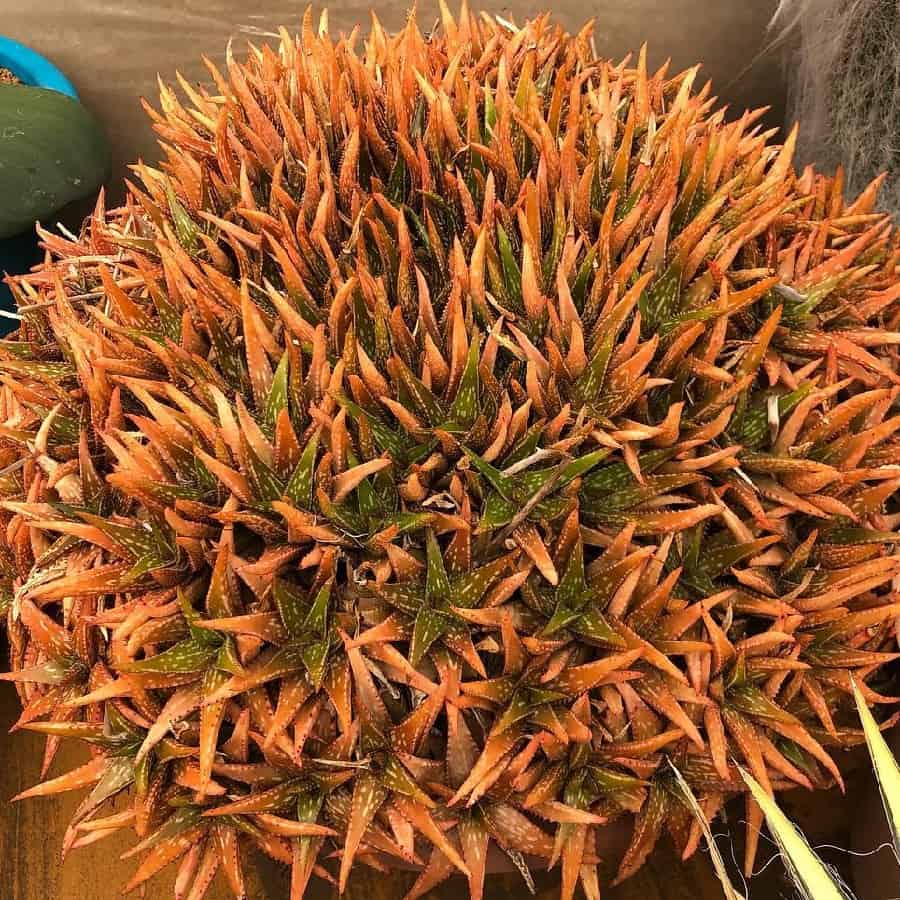
Also called the fan aloe, this clustering succulent has a striking geometric appearance with arching wands of long, bright green leaves arranged in a spiral, fan-like pattern. It can reach 2 feet tall and wide, with outer leaves developing brilliant red-orange shadings on the edges when given ample sunlight.
Euphorbia tirucalli
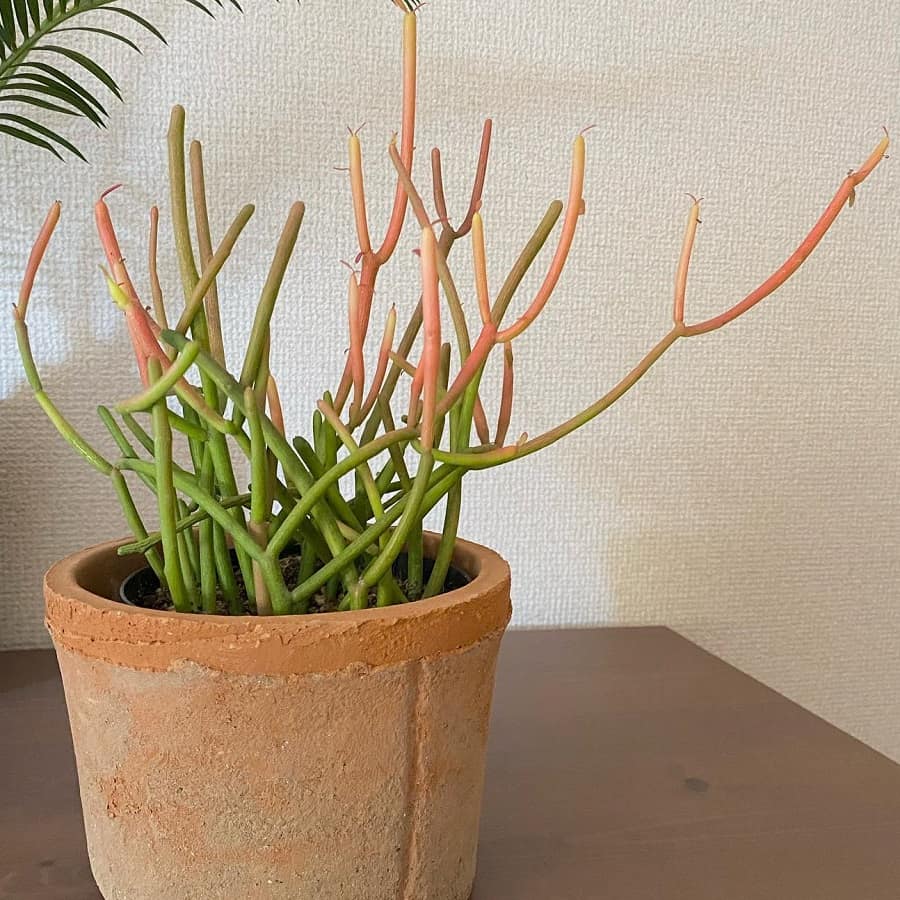
Known as the pencil tree, this succulent shrub has a quirky look with its densely packed, pencil-thin green cylindrical branches. The branches turn a vivid reddish-orange hue when subjected to very hot, sunny conditions. Small yellow-green flower clusters appear in summer.
Crassula rogersii
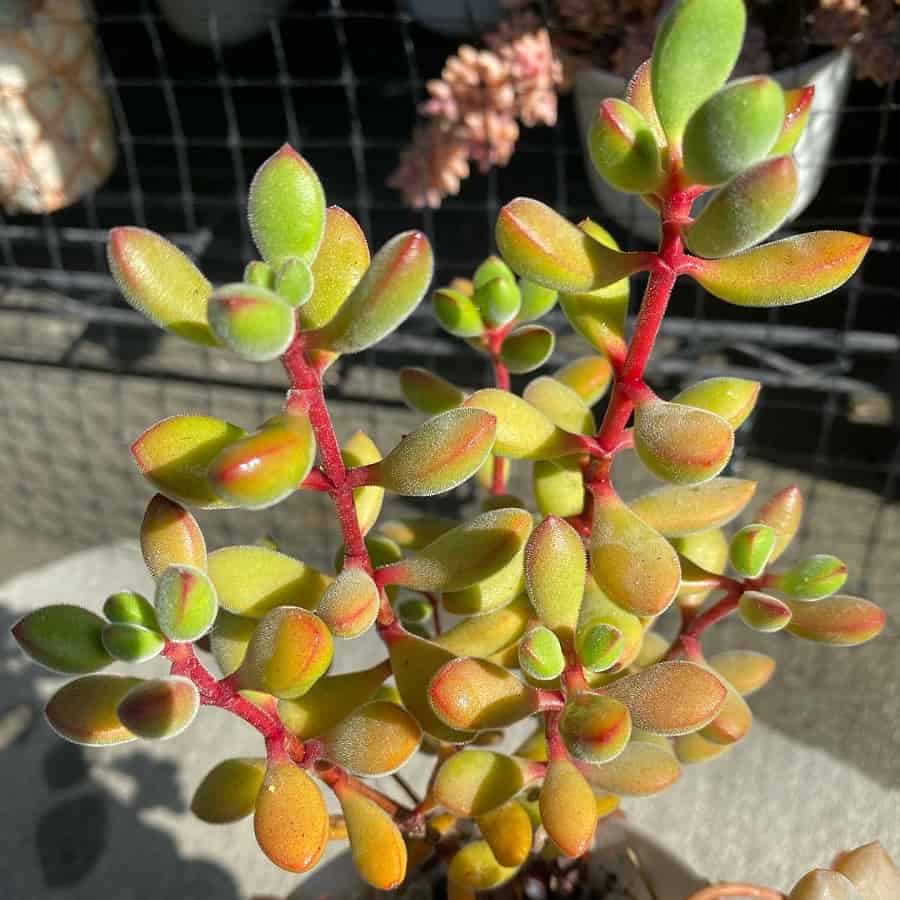
A petite, slow-growing succulent topping out around 18 inches tall, this variety features finely-textured green leaves shaped like miniature arrowheads. The leaves develop red-orange stress coloring at the pointed tips when given maximum sunlight exposure.
Echeveria ‘Orange Monroe’

This classic echeveria forms a small, offsetting rosette approximately 16 inches tall and wide. The plump, spoon-shaped pale green leaves take on shades of tangerine and vermilion near the tips when the plant is sun-stressed. Bright orange daisy-like flowers appear in late spring.
Echeveria ‘Sanyatwe’
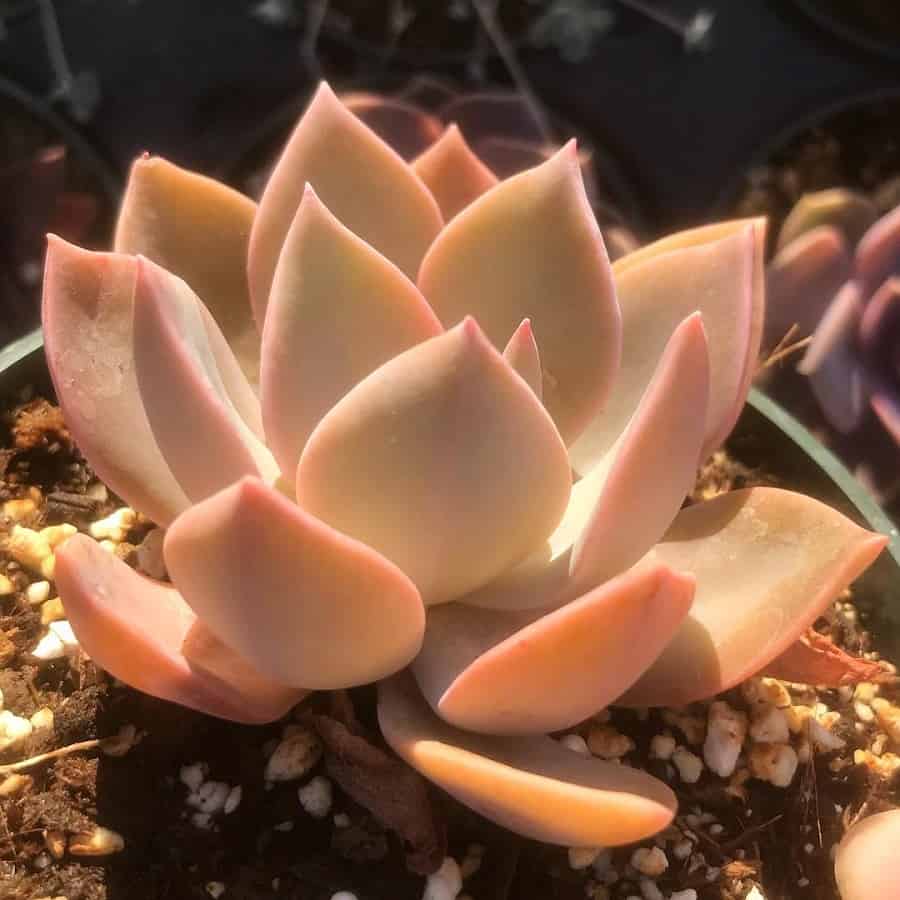
A small, clustering echeveria with tight rosettes of chubby, powder blue spoon-shaped leaves tinted peach towards the edges. When grown in full sun, those peachy margins develop deep orange-red markings that extend down the leaf for an incredibly vibrant look.
Echeveria atropurpurea
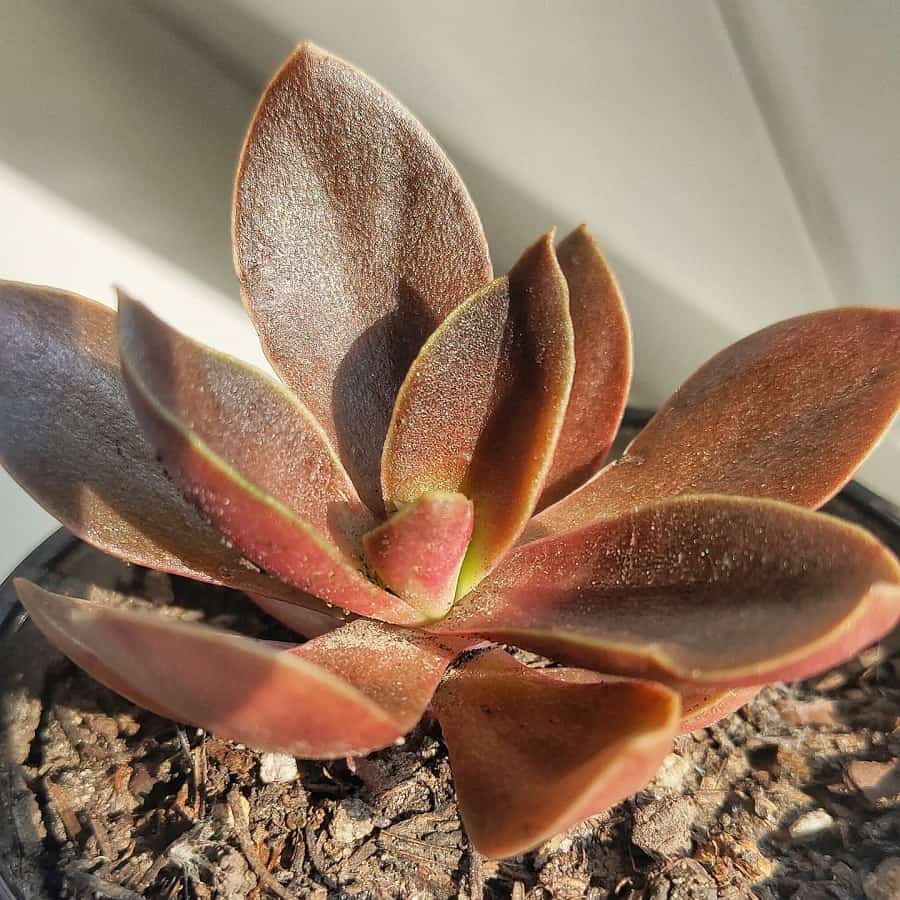
One of the darkest echeveria varieties, featuring plump deep purple spoon-shaped leaves arranged in a dense rosette up to 16 inches across. The already rich purple hue becomes even more intense, with orange-red highlights appearing along the margins when given ample light.
Echeveria patriotica
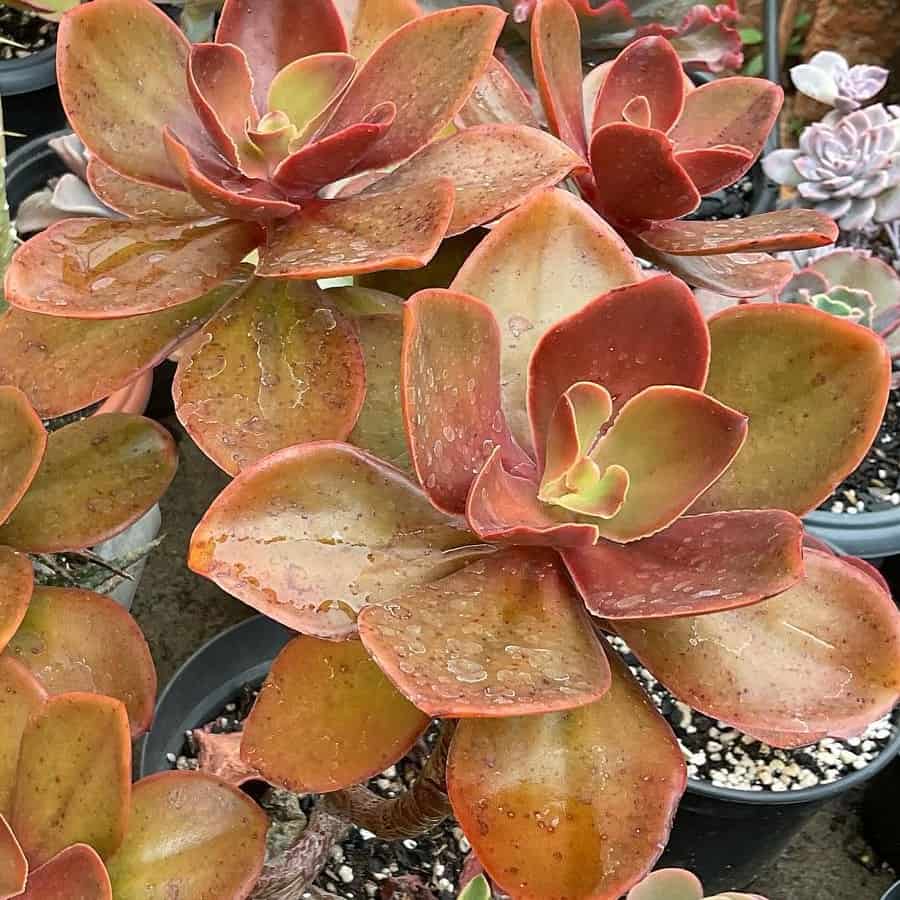
With red, white and blue striped leaves, this tricolor succulent is aptly named. The small rosette can reach up to 16 inches wide, with the bold red parts developing more fiery orange hints when subjected to bright sunlight and heat stress.
Echeveria tencho
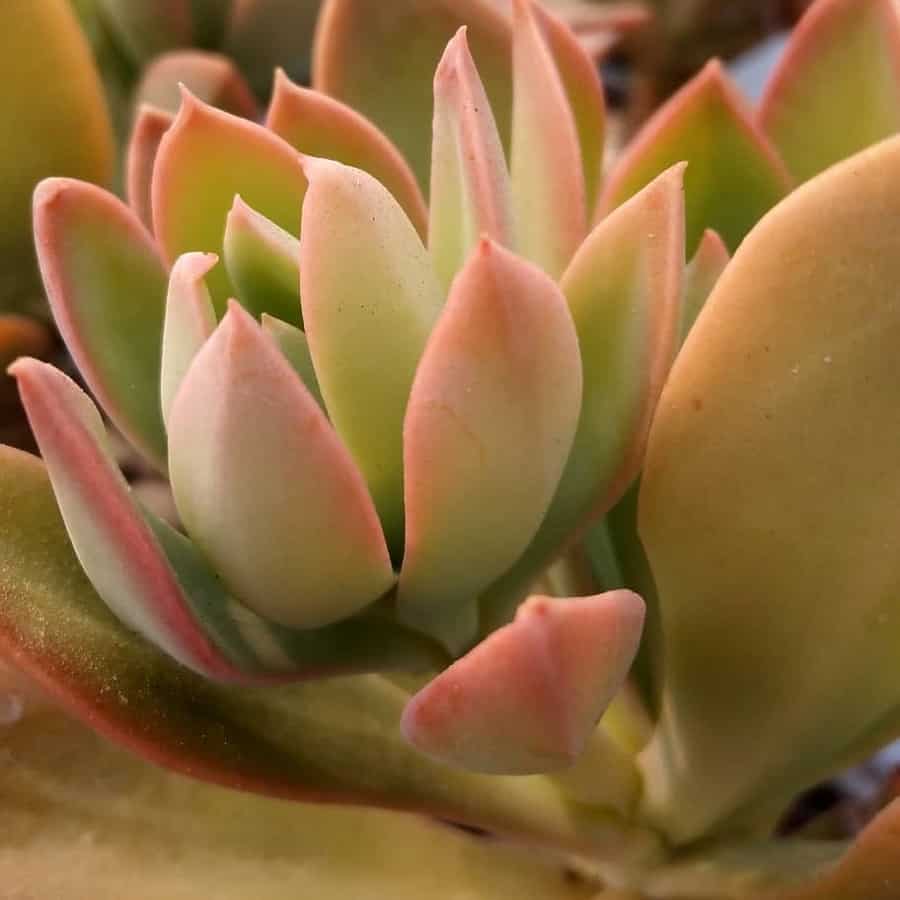
A compact, slowly-spreading echeveria forming tight rosettes about 12 inches across. Its spoon-shaped gray-green leaves have ruby red tips that intensify to neon orange shades when the plant is grown in full sun exposure, making the small yellow flower clusters really pop.
Graptosedum ‘California Sunset’
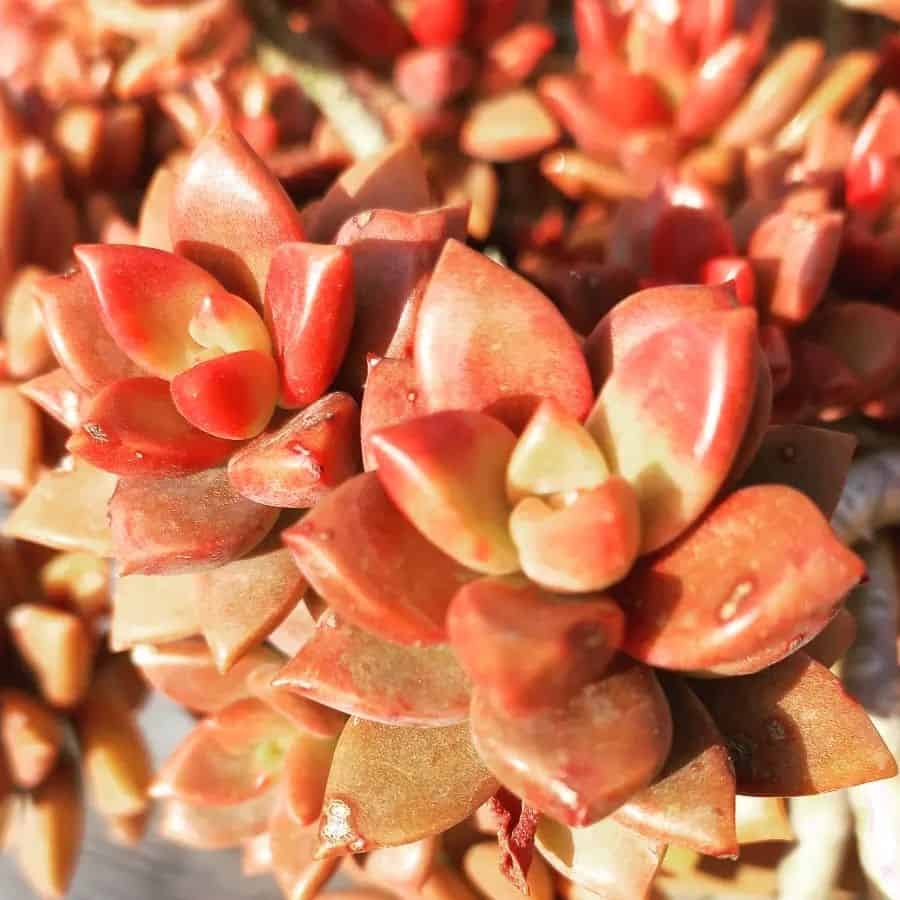
A hybrid succulent with fleshy, star-shaped rosettes up to 16 inches across. The small, plump leaves are a kaleidoscope of sunset tones even in partial shade, with shades of yellow, gold, orange and red. When given full western sun exposure, those colors intensify into blazing oranges and vermilions for an electrifying display.
Graptopetalum mendozae
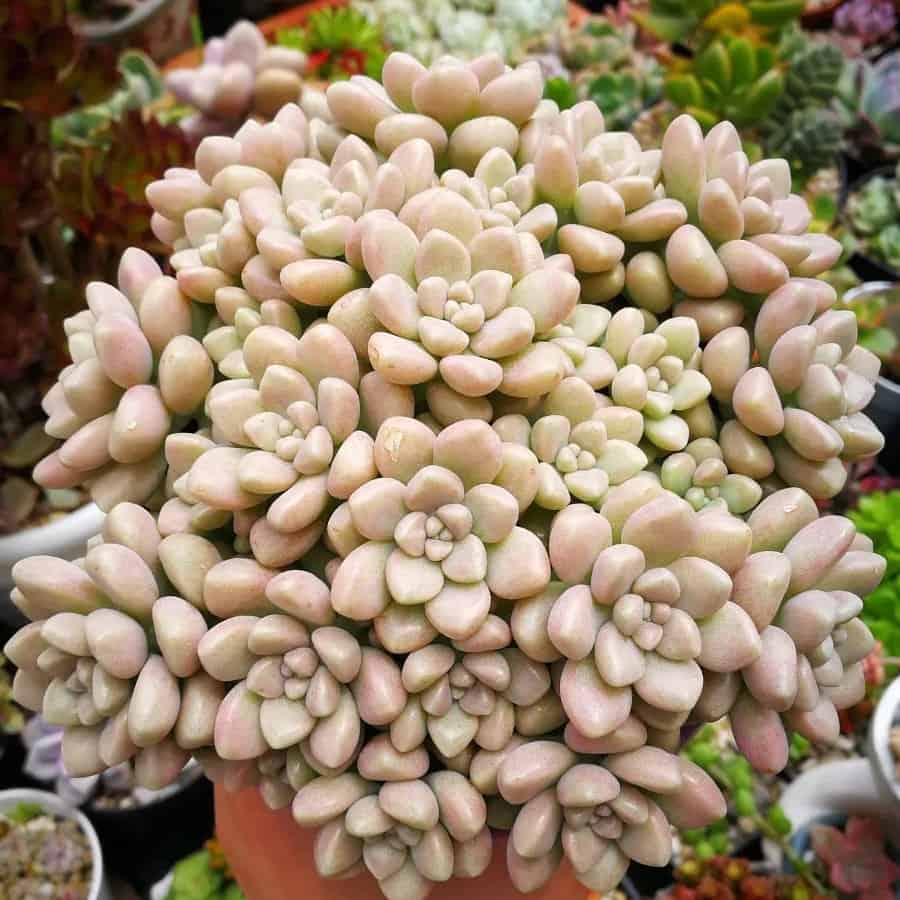
From the Crassulaceae family, this Mexican native forms compact rosettes up to 12 inches wide. The grayish-green spoon-shaped leaves have cherry red margins that turn brilliant shades of orange-red when the plant sun-stresses under hot, bright conditions.
Graptoveria ‘Fred Ives’
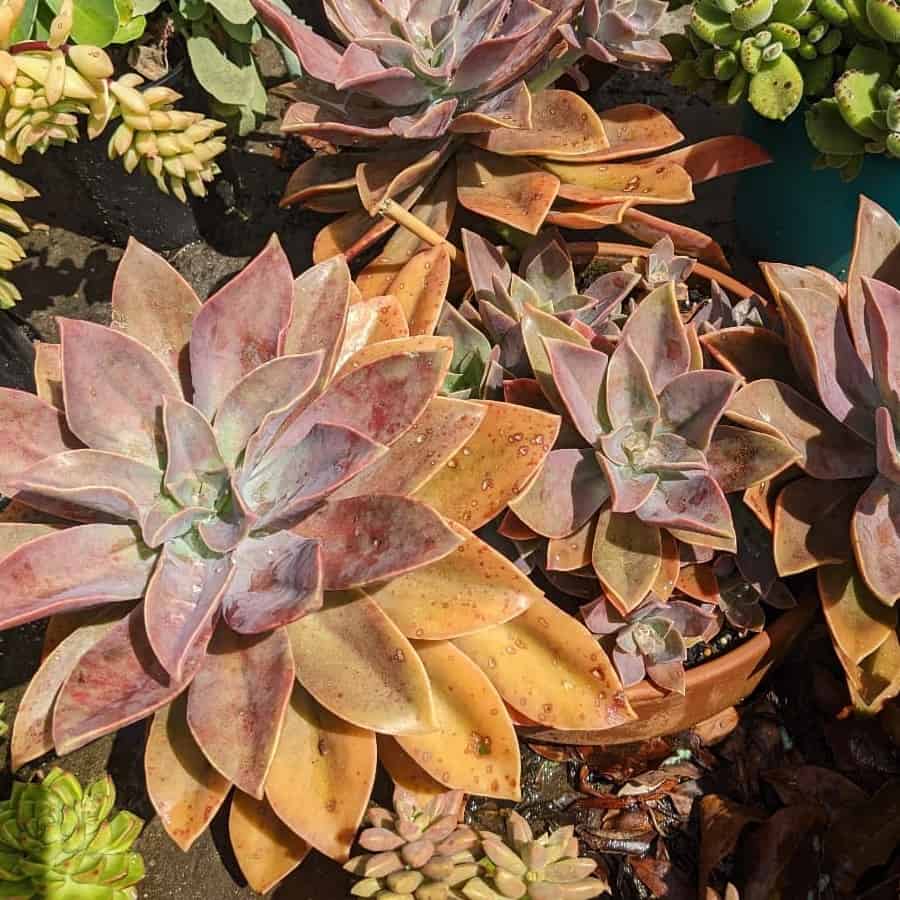
An intergeneric hybrid between Graptopetalum and Echeveria, producing clusters of flat, fleshy rosettes around 12 inches across. The plump, spoon-shaped leaves display vibrant shades of pink, purple, red and orange, with the neon orange and red tones amplified tremendously when the plant is grown in hot, bright conditions.
Haworthia truncata ‘Red Variegated’
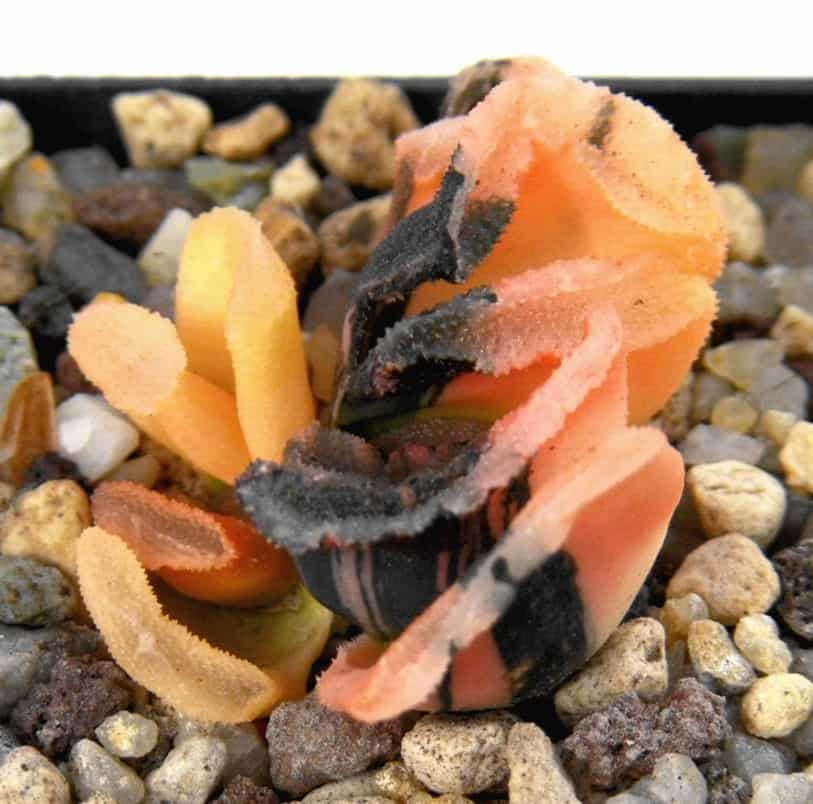
A small, geometrically patterned succulent reaching only 8 inches tall and wide at maturity. The pointed, triangular green leaves have horizontal red stripes that take on electrifying shades of neon orange when given high sunlight exposure. Contrast this with the delicate white flowers with yellow centers it produces in summer.
Kalanchoe luciae
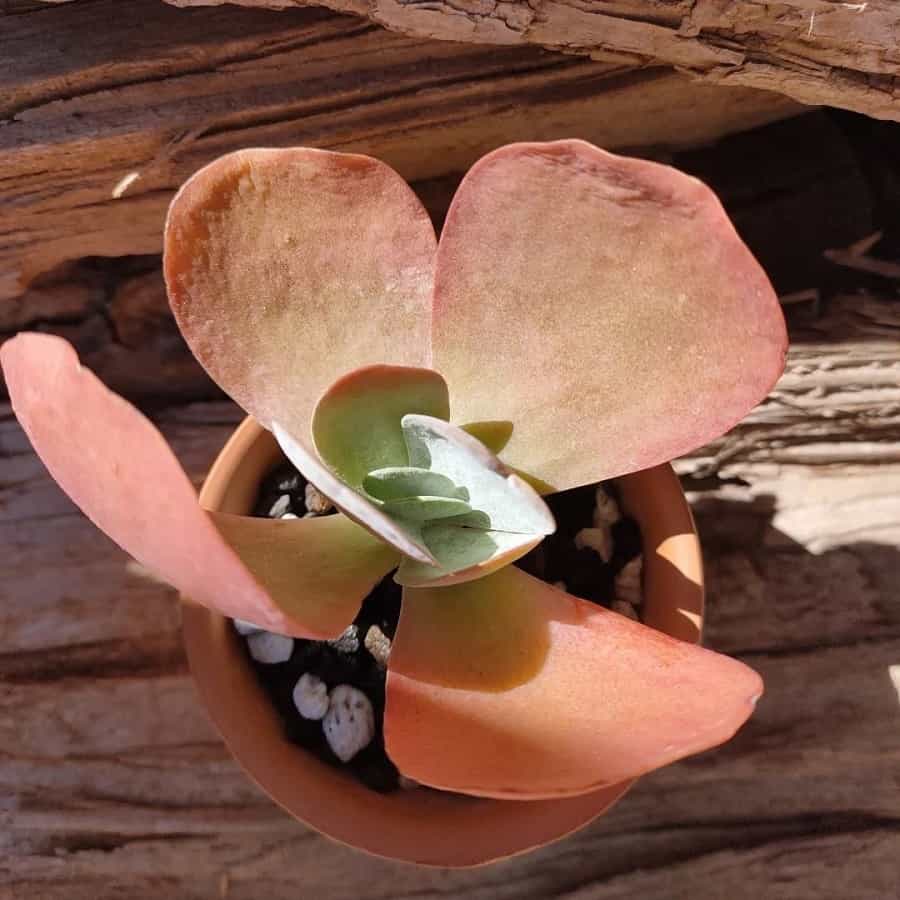
A beautiful kalanchoe with fleshy, green paddle-shaped leaves edged in crisp red margins that intensify to vivid orange-red when the 16-inch tall plant is grown in bright sunlight. Clusters of small orange-pink flowers appear in summer for extra pops of color.
Kalanchoe orgyalis
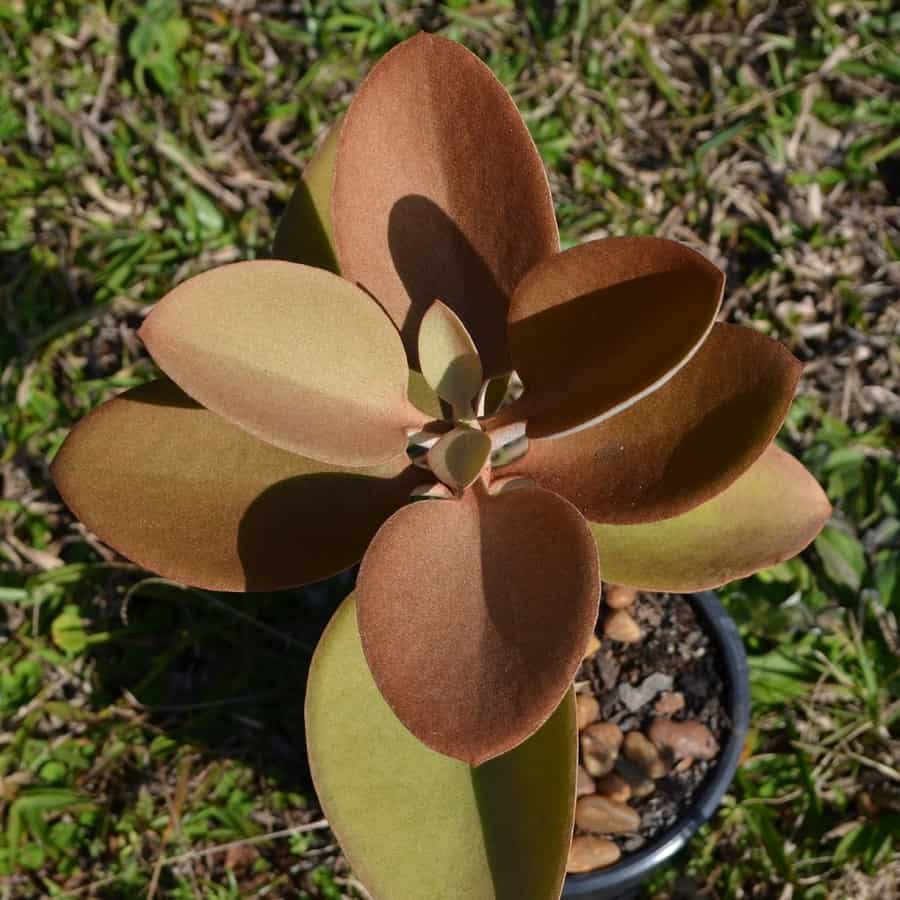
Also known as “Copper Spoons” for its uniquely shaped bronze-purple leaves, this kalanchoe grows up to 16 inches tall. The already rich leaf color deepens to deeper rusty orange shades when exposed to lots of direct sun.
Kalanchoe tomentosa ‘Chocolate Soldier’

A fuzzy kalanchoe variety with velvety chocolate brown leaves in a dense, upright cluster reaching 18 inches tall. The deep brown takes on fiery orange highlights when the succulent is grown in ample sunlight.
Lithops karasmontana var. aiaisensis ‘Orange Top’
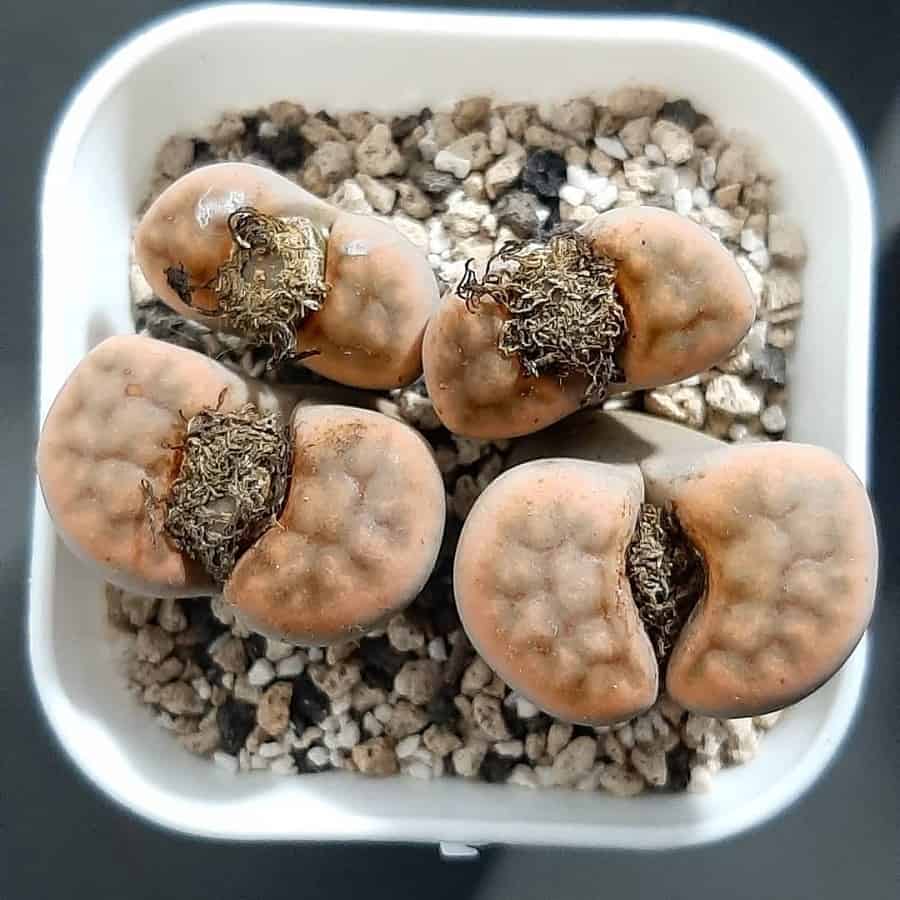
One of the most unique-looking succulents, lithops feature small, plump leaves fused into a stone-like appearance meant to camouflage the plant. The karasmontana variety has green bodies, but the top of the leaves develop brilliant tangerine and golden orange tones when given full sun exposure.
Sedum adolphii ‘Golden Glow’
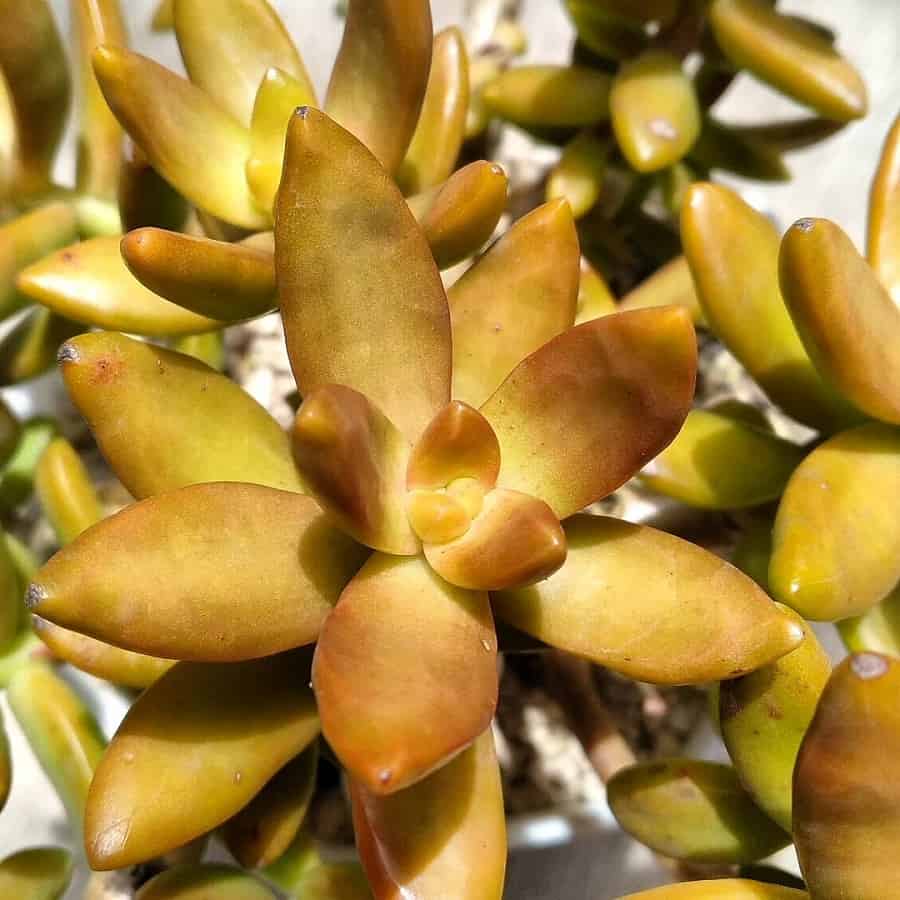
A groundcover sedum with bright golden-yellow, finely-haired fleshy leaves forming a dense mat reaching 8 inches tall. The vibrant gold turns to glowing shades of golden orange when grown in hot, bright sunshine conditions.
Sedum nussbaumerianum ‘Orange Delight’
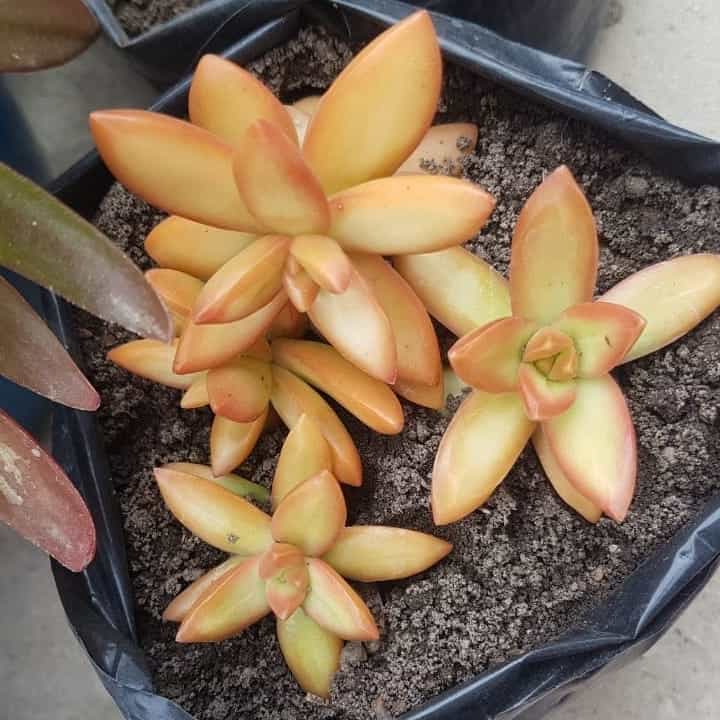
An upright sedum to 8 inches tall with plump, oval-shaped blue-green leaves. The name comes from the dazzling reddish-orange tones that develop along the margins when exposed to high sunlight and heat.
Sedum reflexum ‘Angelina’
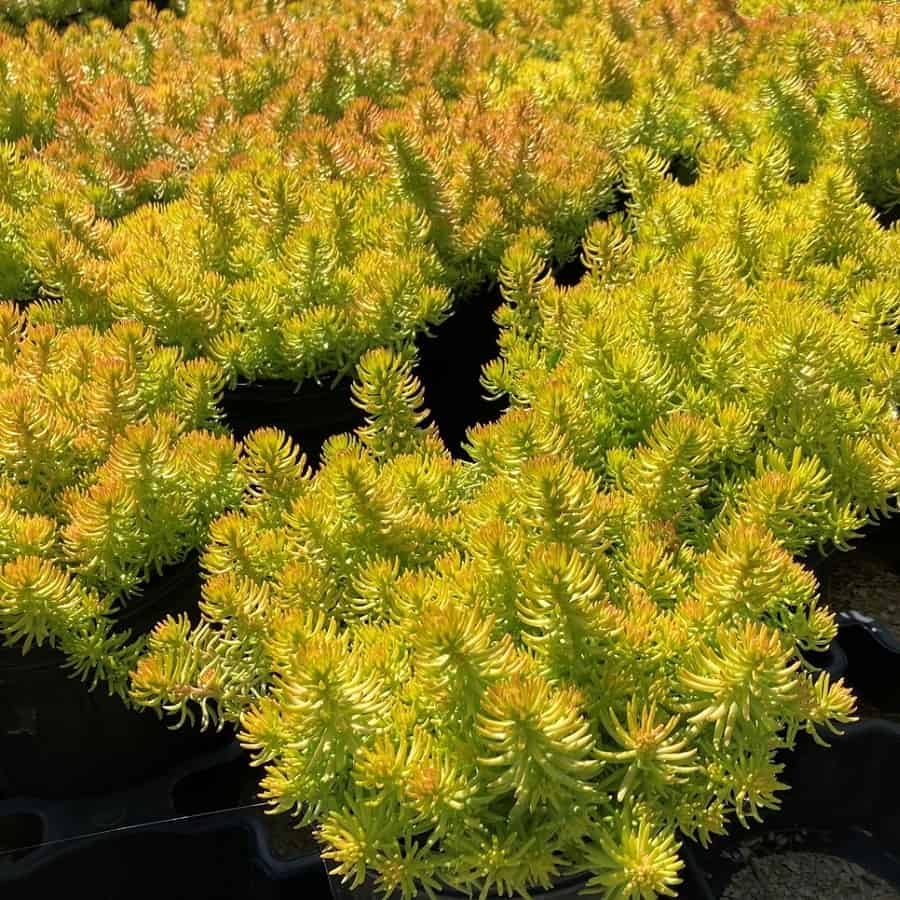
A rapidly spreading, drought-tolerant groundcover with bright chartreuse yellow needle-like leaves tinged in orange, forming a dense mat to 6 inches tall. The yellow takes on deeper pumpkin orange stress coloring over the entire leaf surface in full, hot sun.
Sempervivum ‘Gold Nugget’
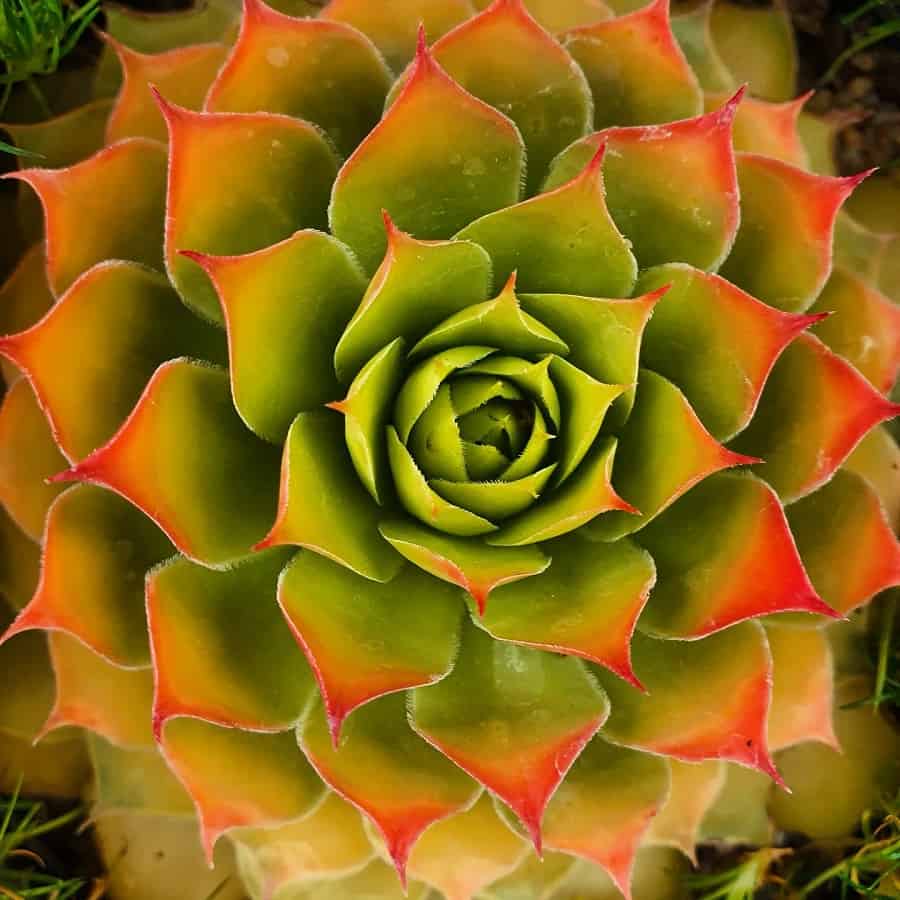
A cold-hardy hen and chicks variety forming tight, cabbage-like rosettes of succulent leaves up to 3 inches across. The deep green centers are surrounded by layers of plump golden leaves that glow in shades of glowing orange-gold when grown in bright conditions.
Sempervivum ‘Pacific Jordan’
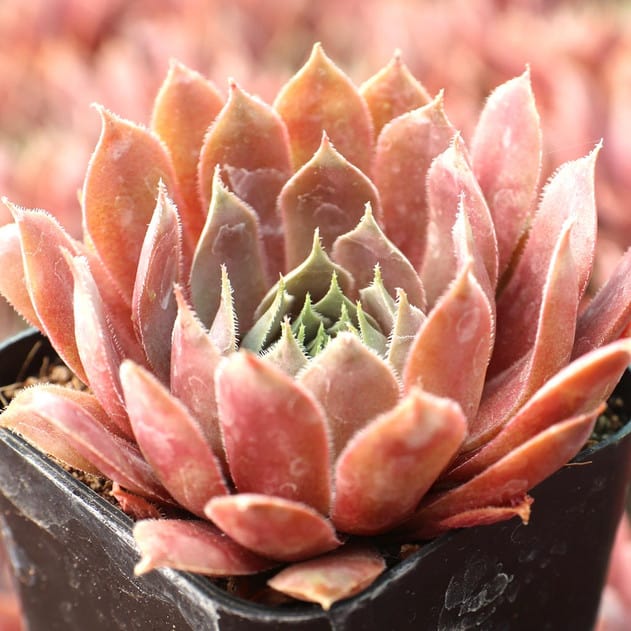
Another sempervivum with layered rosettes of succulent foliage, this one to 6 inches wide. The deep green leaves have intense orange-red tips that get even brighter and more vibrant when the plant is exposed to full sun.
FAQs
What causes succulents to turn orange?
If your succulent’s leaves start radiating oranges, reds or purples, don’t fret! It’s just showing off in the face of intense sunlight and heat. This is called “sun stressing” and those pigments help protect the plant.
Why did my orange succulent turn green?
A lack of sunlight or nutrients can cause your fiery succulent to revert to a calmer green hue. Make sure it gets ample sunshine and well-draining soil to stay vibrant.
